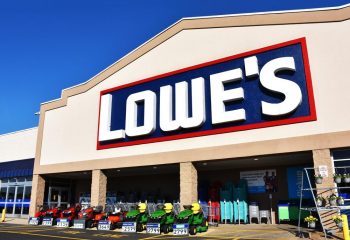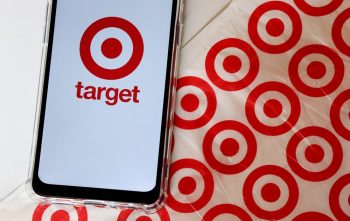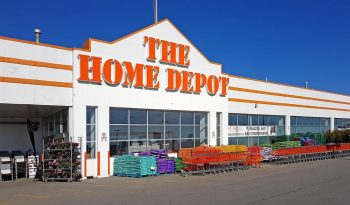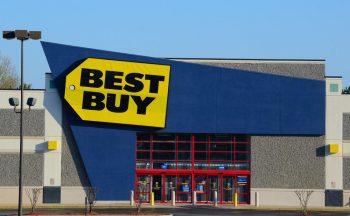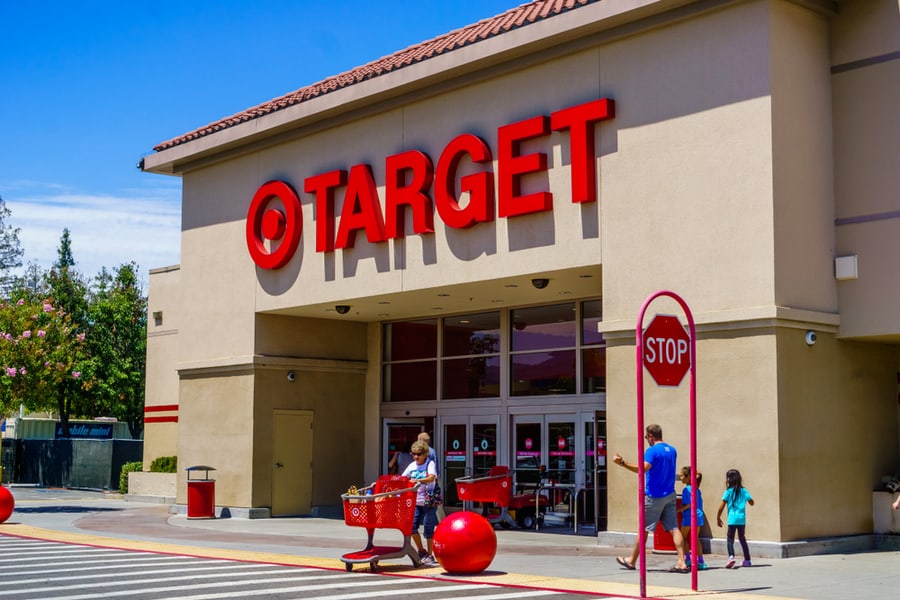
Target seems to introduce new technologies to enhance efficiency at its stores. Can you keep up with this pace? With all the developments in its information system, how steep will your learning curve be at Target if you join it today as a cashier?
Target uses the POS software developed by its IT department, Target Technologies Services, which can handle 30 registers per server to manage its sales and inventory.
Here are the key features of this system:
- Processing sales.
- Integrating inventory information.
- Documenting user preferences about payment methods and high-demand products.
This article delves deeply into the inner workings of Target’s information technology system, providing a comprehensive analysis and examination of its various components and processes.
Point of Sales System

A point-of-sale system (POS) is an essential part of operations for any brick-and-mortar retail store. This system makes checkout efficient by relieving the cashiers from manually entering every item’s retail price on the calculator.
Instead, they only have to scan the product’s barcode to get its details. This code identifies details, including the item’s name, brand, and price.
Once the cashier has scanned all items, the system will automatically add up their prices and prepare a receipt for payment.
Another development in this system is that it comes with the widespread use of plastic money. So soon, the system was equipped with card-reading technology.
With this inclusion, the system became a complete solution that catered to every function, from calculating the total sum of the transaction to receiving the payment and generating the receipt.
POS systems are far more efficient today. They calculate the transaction and trace the purchased items back to the source from which they were taken, completing the inventory record with every transaction.
This helps the store management to have a clear idea about inventory planning, re-ordering, and restocking.
Being a renowned department store chain, Target must process thousands of transactions daily. As a result, its stores are busy and need advanced technology to process this number efficiently, even with its huge workforce.
Target’s POS System
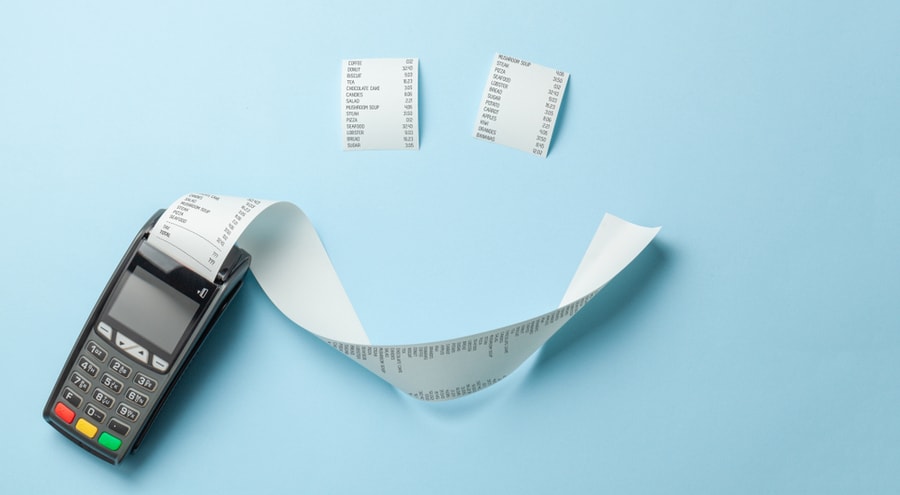
Note that Target has a significantly higher frequency of sales, which calls for a specialized information system to keep things smooth. Consequently, it needed a custom-made POS solution that solved the everyday problem of efficiency and integrated operations at different stores.
Target has built its own POS system using its in-house IT team to fulfill its complex needs. Doing so allowed the retail chain to integrate its software seamlessly with its hardware infrastructure.
The system offers two servers for each store that can cater to up to 30 cash registers. Trained technicians maintain the technicalities of these registers at Target.
Note that although software development was an in-house process at the company, the maintenance process isn’t kept in-house. Instead, these technicians from Target are housed as a third-party IT services provider.
The POS system addresses two information processing areas: one relates directly to the sale transaction, and the other to inventory management.
Sales Management in POS System
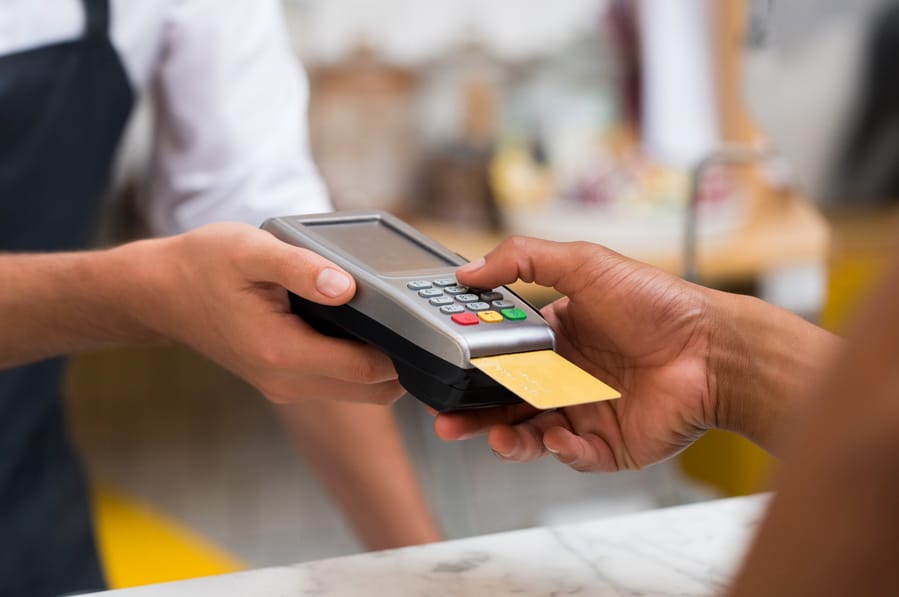
Sales management is the primary operation of a POS system. It helps with including all items from the cart in the bill. The system uses a scanner that reads the bar code for these products.
Attached to the digital cash register, this scanner automatically inserts the prices and names of these items in the system and generates a receipt.
The generation of this receipt, in turn, is carried out by collecting information from Target’s database about the applicable taxes, discounts, and deals.
The system also integrates control measures. For example, the cashier cannot alter the item inserted into the purchased merchandise list.
The other end of the POS system is about receiving cash for sale. Different payment methods are accepted here, including Target cards, third-party debit and credit cards, and cash.
Resource Planning

Sales management is a small part of the complete package offered by Target’s POS system. Inventory management is another rather obvious affiliated feature.
The software allows the management to handle returns and refunds, enabling cashiers to access historical data to know the whereabouts of an item being returned.
The system integrates with an account management system to give insights into sale breakdowns and gather real-time data about the most profitable deals.
At the same time, it collects information about the mode of payment used for purchases to strike cash-back deals or bring new benefits to loyalty programs.
This POS system also keeps a record of incoming and outgoing inventories. The store management uses it to understand the sources of inbound inventory from suppliers or the central warehouse.
It also documents transfer outs to record intra-store transactions.
Target has introduced RFID tags for the inventory it holds in stores. These tags not only help with safeguarding the physical assets of the store but also act as a control mechanism to enhance check and balance when recording sales.
We can see that Target’s POS system is an integral part of its tactical planning. The promotional deals offered by this supermarket chain are inspired by data about consumers’ favorite brands, most common payment methods, and buying patterns.
Target’s Self-Checkout Technology
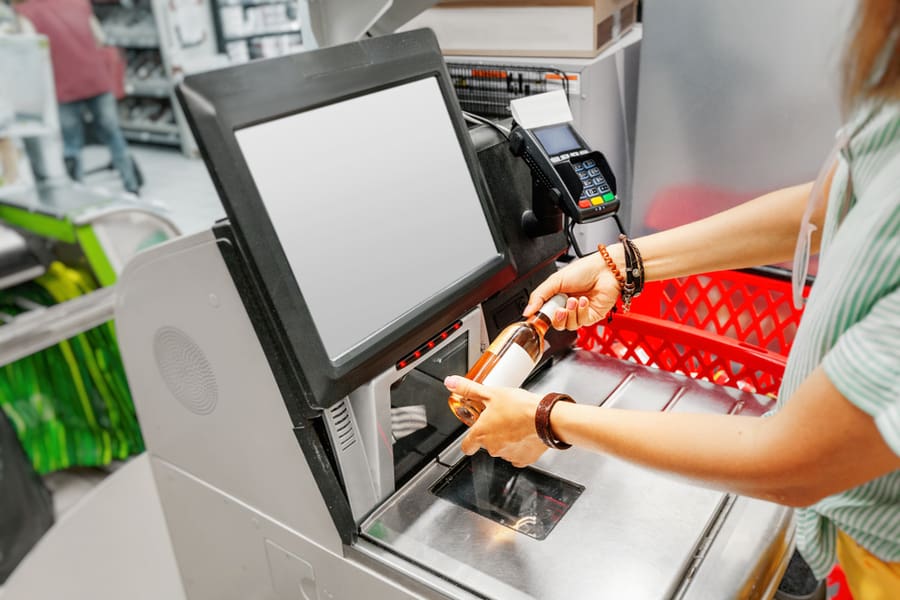
Target allows its customers to act as cashiers for their shopping without getting paid. If you can leave the issue of not getting paid to check yourself out, note that this system has a hidden advantage — you don’t have to deal with another human being.
So, a self-checkout counter may make your day at Target if you are an introvert. It has, however, cost many human beings their jobs.
Here is how you can self-checkout at Target:
- Use the scanner available at the counter to scan your goodies.
- The screen will show you the payment you need to make and will give you three options: a Target gift card, credit or debit card, or Wallet.
- Choose one of the payment options and proceed to scan the card or Wallet you have chosen.
It’s easy to assume that you can get away with groceries without paying for them, don’t forget that security cameras monitor all self-checkout counters to prevent theft.
Mobile POS for Convenience

One effective strategy for reducing expenses at Target is to increase efficiency, which can be achieved by incorporating cutting-edge technology.
A prime example is the implementation of mobile point-of-sale (POS) devices, which Target introduced to streamline operations and accelerate transactions.
The retailer introduced these devices for busy sale days like Black Friday. But with time, the efficiency of these devices demanded their use in everyday business operations.
These devices allowed employees to scan the merchandise on the floor, making the shopping journey easier for walk-in customers.
Final Word
Target uses its customized IT system to manage sales and plan its resources. Its point-of-sale (POS) system is the most important part of its IT infrastructure. It uses the same system to improve planning and operations in every way.
The POS system manages sales and performs back-office functions by consolidating information about inventory movement between warehouses, stores, customers, and suppliers.
Frequently Asked Questions
What Does POS Mean for Target?
A POS system in the retail industry denotes an IT infrastructure that helps with sales transactions. Target’s POS system is different because it also helps process other information, like inventory transfers between stores and procurement.
What Hardware and Software Do Target Use?
Target integrates NCR POS hardware with its in-house, custom-built software. This system can maintain 30 registers in one store.


